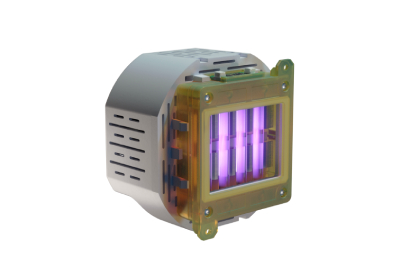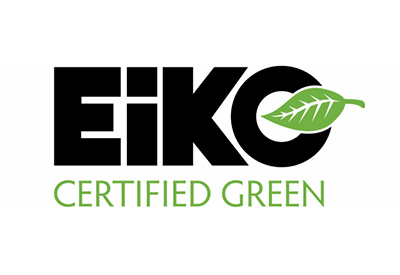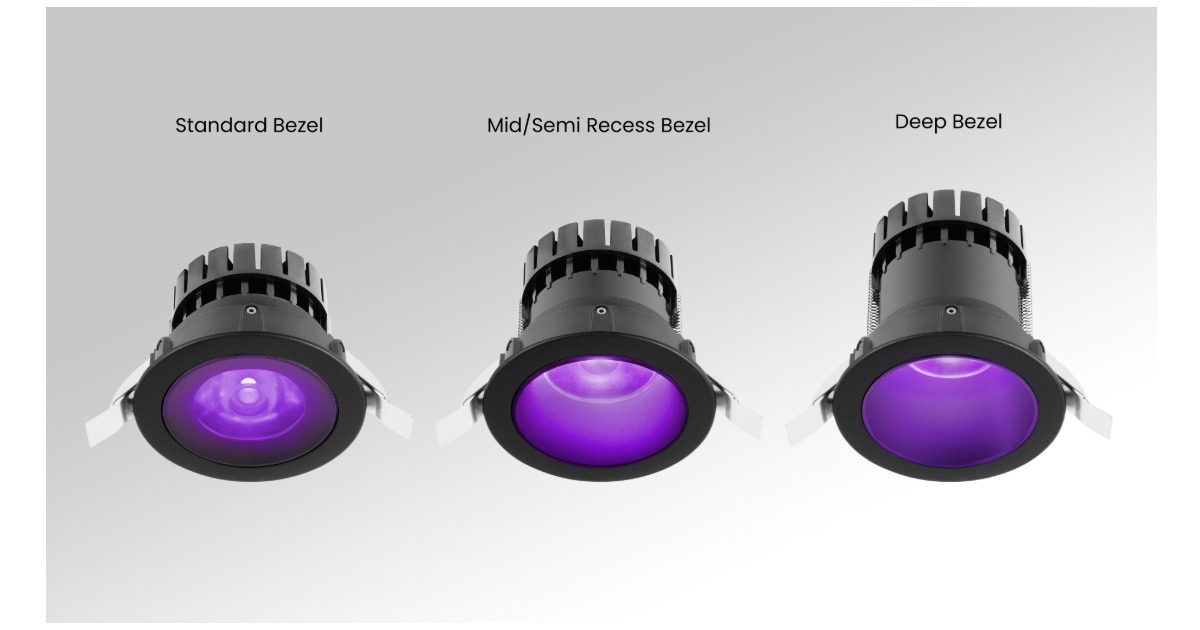Signify and Wur Expand Ongoing Research to Determine Effects of Philips LED Lighting on Medicinal Cannabis Crops

July 12, 2019
Signify announced a new long-term research collaboration with Wageningen University & Research (WUR) to investigate how LED lighting can influence compound production, quality and plant characteristics of cannabis crops grown for medicinal purposes. The research’s results will support growers in creating the ideal growing conditions for medicinal cannabis. This project continues the partners’ long and successful collaboration to develop unique, crop-dedicated light recipes that help growers improve crop results.
In the last few years there has been a surge in the legalization of medicinal cannabis in several regions around the world. This has led to growers to seek out more controlled and energy-efficient methods of cultivating these crops in greenhouses, including the use of LED lighting and tailor-made light recipes.
“This is a new, rapidly evolving area that presents unique opportunities,” said Udo van Slooten, Business Leader Horticulture at Signify. “Growers have to meet strict quality standards to ensure the highest grade possible for patients who depend on the medicine produced by their crops. Based on our long experience with other crops, our LED lighting solutions can help growers improve the quality, predictability and sustainability of their medicinal cannabis crop production, so they can step confidently into this market.”
The project lead is Prof. Dr. Leo Marcelis, Chair of Horticulture and Product Physiology Group, WUR. He is an expert in cultivation techniques for greenhouses and vertical farms and has worked on various LED lighting research projects with Signify for over 10 years. “The most challenging aspects of growing medicinal cannabis are controlling the flowering time, the compound composition and the consistency of each crop,” said Prof. Marcelis. There are over 100 cannabinoids or active compounds found in cannabis, which give the plant its medical properties. “Being able to control the content of specific cannabinoids could give growers an enormous advantage in their market.”
“In our past projects with Signify, we have already successfully used LED lighting and other growing conditions to influence for example nitrate levels in leafy greens, shelf life in lettuce and vitamin C in tomatoes. By tuning the color and intensity of LED lighting, we are confident that we can greatly influence the composition of CBD, THC and other key cannabinoids in the plants and the consistency of the quality. These critical criteria enable growers to produce medical-grade crops. At the same time, we can use LED lighting to improve plant characteristics, such as stronger rooting, branch and flower development to make the process as efficient and productive as possible,” Marcelis added.
The research project will last two years and is being set up in a climate-controlled chamber at WUR in Wageningen, the Netherlands. Plants will be grown in a single layer in four compartments under Philips GreenPower LED production modules, controlled by the Philips GrowWise Control System so colors can be tuned and light levels adjusted dynamically. GrowWise Control system is an efficient way to test different timing and color of the lighting in each compartment and determine the ideal light spectrum for different growth phases. The project team includes researchers and students from the WUR, as well as Signify Plant Scientists Dr. Céline Nicole, PhD, and Dr. Sabrina Almeida de Carvalho, PhD.













